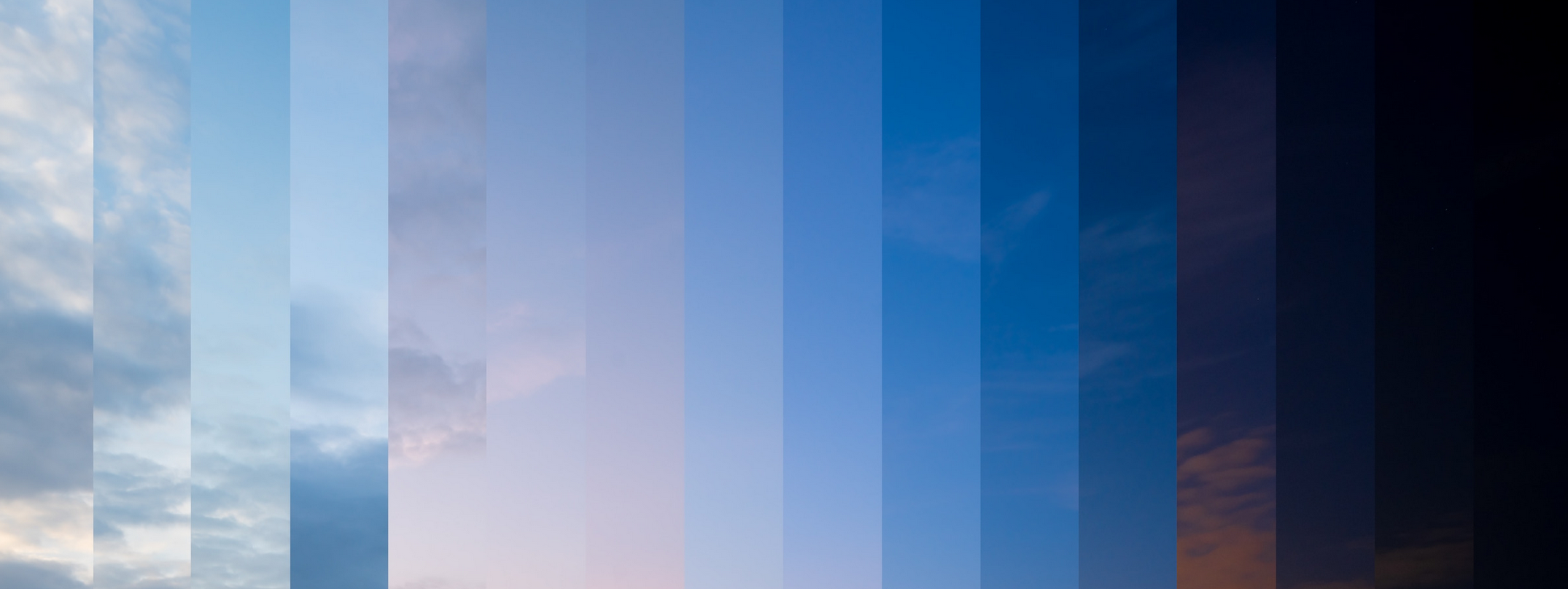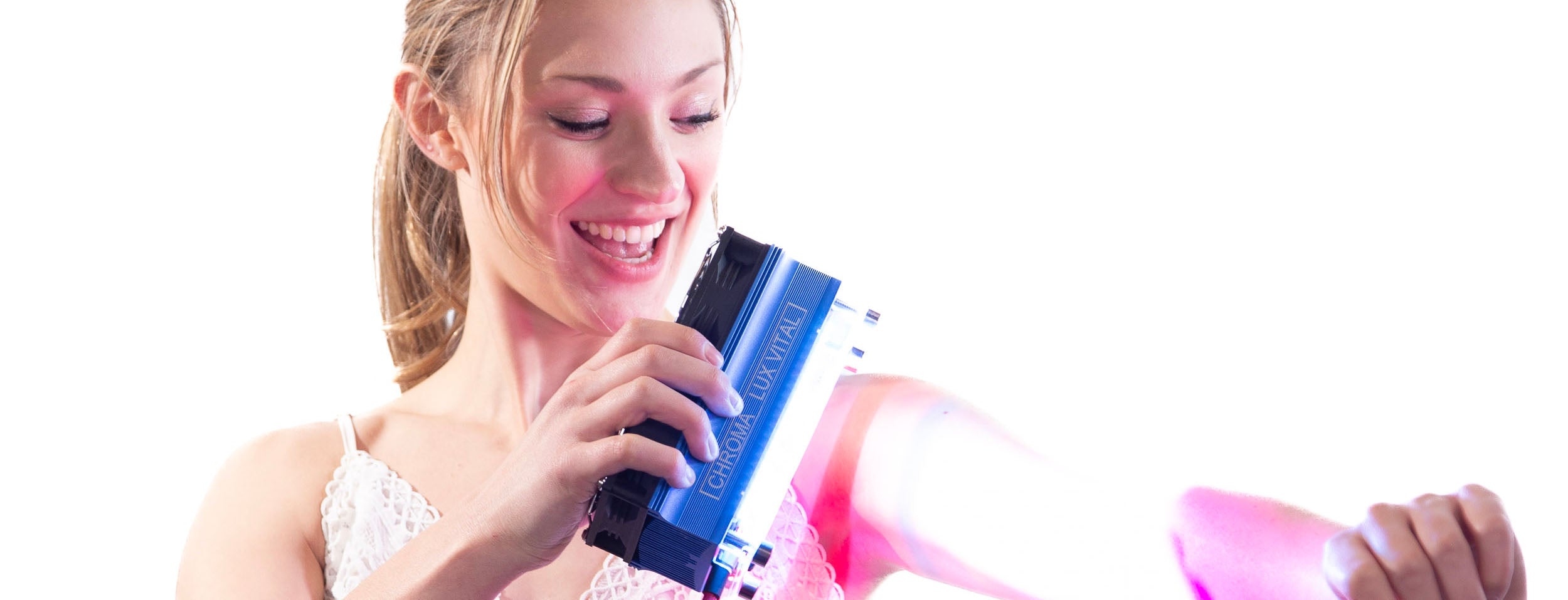Our Technology: Harnessing the Spectrum for Optimal Health

At Chroma, we delve into the science of light, exploring its profound impact on human health. Our cutting-edge technology spans the entire therapeutic light spectrum, from near-infrared (NIR) to violet, meticulously designed to stimulate the body’s opsins and enhance overall well-being.
Near-Infrared (NIR) Light: The Deep Healer
NIR light, with its deep penetration abilities, reaches into the body's tissues, muscles, and even bones, stimulating cellular repair and energy production. By enhancing mitochondrial function, NIR light supports faster recovery, reduces inflammation, and aids in the healing of deep tissue injuries.
Red Light: The Regenerative Power
Red light therapy is renowned for its skin rejuvenation and collagen production benefits. It promotes healing and reduces inflammation, making it a vital tool for skin health, wound healing, and even hair regrowth, offering a regenerative boost to the body's surface and underlying tissues.
Visible Spectrum: Balancing Body Rhythms
Venturing into the visible spectrum, our technology utilizes specific wavelengths that align with the body's natural circadian rhythms. Cyan wavelengths are particularly effective in regulating sleep-wake cycles, mood, and cognitive function, essentially resetting our biological clock to its natural state.
Violet Light: The Opsin Activator
At the edge of the visible spectrum lies violet light, known for its ability to stimulate opsins like OPN3 and OPN5. These non-visual photoreceptors play crucial roles in various physiological processes, including skin health, mood regulation, and possibly even metabolic functions. By incorporating violet light, we aim to activate these opsins, tapping into deeper layers of physiological regulation and health enhancement.
Comprehensive Health Enhancement
Our technology is not just about individual wavelengths; it's about the synergistic effect of the full spectrum, designed to offer a holistic approach to health. From the deepest tissue layers to the most visible skin concerns, and from physical recovery to mental and emotional well-being, Chroma’s devices are engineered to support and enhance every aspect of your health journey.
At Chroma, we believe in the power of light as a fundamental element of health and vitality. Our technology is rooted in scientific research and clinical studies, striving to bring the most advanced and effective light therapy solutions to our users. By harnessing the full spectrum of light, we aim to unlock the body's innate healing and regenerative capabilities, paving the way for a healthier, more vibrant life.


